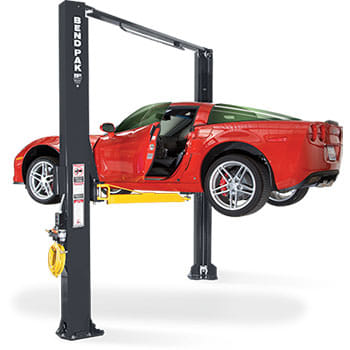What is Engineering Insurance?
What is Engineering Insurance? In the dynamic world of construction and infrastructure development, engineering projects often encounter unforeseen risks and challenges that can jeopardize their success. From design flaws to natural disasters, numerous factors can disrupt the smooth execution of a project, leading to financial losses and delays. To mitigate these risks, engineering insurance emerges as a vital safeguard, providing protection against a wide array of potential threats. In this comprehensive guide, we delve into the intricacies of engineering insurance, exploring its significance, coverage options, and applications in various industries.
Understanding Engineering Insurance
Engineering insurance, also known as construction insurance or contractor’s all-risk insurance, is a specialized form of insurance tailored to the needs of construction and engineering projects. It offers comprehensive coverage against risks associated with construction, erection, and installation works, as well as operational machinery and equipment. This type of insurance is typically procured by project owners, contractors, subcontractors, and engineering firms involved in construction activities.
Significance of Engineering Insurance
- Risk Mitigation: Engineering projects are inherently susceptible to a myriad of risks, including accidents, material defects, and natural calamities. Engineering insurance serves as a crucial risk management tool, providing financial protection against unforeseen events that may result in property damage, bodily injury, or project delays. By transferring the risk to an insurance provider, stakeholders can safeguard their investments and mitigate potential losses.
- Legal Compliance: In many jurisdictions, engineering insurance is mandatory for construction projects exceeding a certain threshold in terms of size, complexity, or cost. Regulatory authorities often require proof of insurance coverage as part of the permitting process to ensure compliance with safety standards and contractual obligations. Failure to obtain adequate insurance may result in penalties, fines, or even project shutdowns, highlighting the importance of adhering to legal requirements.
- Contractual Obligations: Contracts between project stakeholders, such as owners, contractors, and subcontractors, often stipulate specific insurance requirements to allocate risks effectively. Engineering insurance helps fulfill these contractual obligations by providing the necessary coverage specified in the contract documents. This ensures that all parties involved are adequately protected against potential liabilities arising from the project activities.
Coverage Options in Engineering Insurance
- Construction All-Risks (CAR) Insurance: CAR insurance is the cornerstone of engineering insurance, offering comprehensive coverage for construction projects from inception to completion. It encompasses a broad range of risks, including damage to the worksite, materials, plant, and machinery, as well as third-party liabilities arising from construction activities. CAR policies can be tailored to suit the unique needs of each project, providing flexibility and peace of mind to stakeholders.
- Erection All-Risks (EAR) Insurance: EAR insurance is specifically designed to cover the installation and commissioning of machinery, equipment, and industrial plants. It protects against damage or loss during transit, assembly, and testing phases, ensuring that the installed assets are safeguarded against unforeseen perils. EAR policies are essential for manufacturers, contractors, and suppliers involved in erecting complex machinery or infrastructure.
- Contractors’ Plant and Machinery (CPM) Insurance: CPM insurance provides coverage for owned or hired construction machinery and equipment used on-site. It protects against damage, theft, or breakdown of plant assets, ensuring uninterrupted project progress. CPM policies may include provisions for repair or replacement costs, as well as coverage for third-party liabilities arising from the use of insured machinery.
Applications of Engineering Insurance
- Construction Projects: Engineering insurance plays a vital role in safeguarding construction projects of all sizes and complexities, including residential, commercial, industrial, and infrastructure developments. Whether it’s a high-rise building, a bridge, or a power plant, engineering insurance provides the necessary protection against risks inherent in the construction process.
- Manufacturing and Industrial Operations: Manufacturers and industrial operators rely on engineering insurance to protect their assets, machinery, and facilities from unforeseen perils. Whether it’s a factory, a processing plant, or a warehouse, EAR and CPM insurance help mitigate the risks associated with production and operation, ensuring business continuity and asset protection.
- Infrastructure Development: Large-scale infrastructure projects, such as highways, airports, and water treatment plants, require comprehensive insurance coverage to mitigate risks and ensure project success. Engineering insurance provides the necessary protection against construction-related risks, including design flaws, material defects, and environmental hazards, thereby facilitating the timely completion and delivery of critical infrastructure assets.
Conclusion on What is Engineering Insurance?
Engineering insurance is a fundamental component of risk management in the construction and engineering industries, offering essential protection against a wide range of perils. By understanding its significance, coverage options, and applications, stakeholders can effectively mitigate risks, comply with regulatory requirements, and safeguard their investments. In an increasingly complex and unpredictable environment, engineering insurance serves as a crucial safety net, enabling projects to proceed with confidence and resilience.






